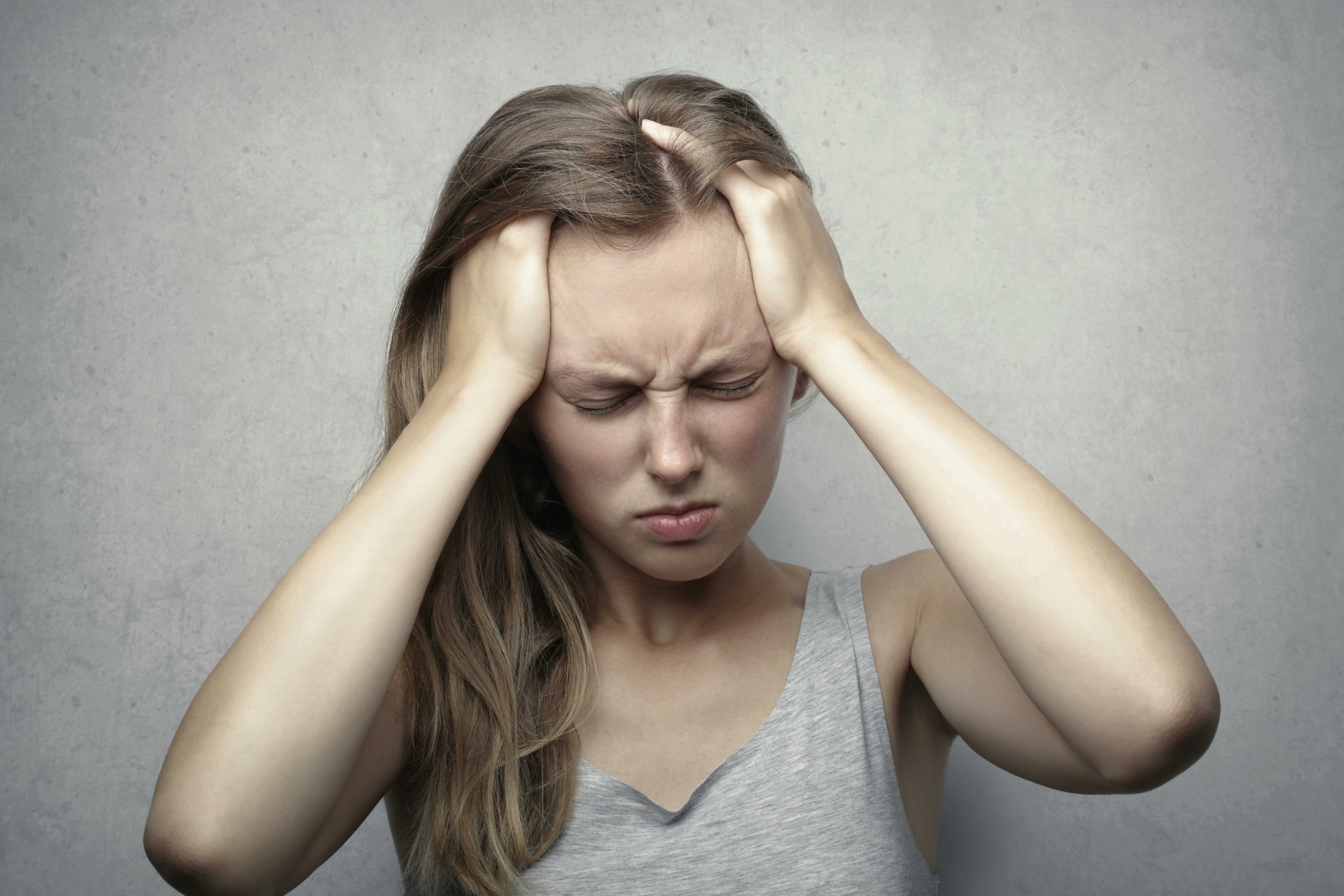A new study found that active ingredients in cannabis can treat migraines better than traditional prescription medications, and with fewer side effects. The results are another huge win for the movement to provide safe, cannabis-based alternatives to opiate-based pain medications in an effort to stem the mounting losses from the opioid epidemic in the US.
A Global Medical Condition
Migraines affect a billion people, making it the third most prevalent medical condition in the world. A migraine attack can involve severe pain around one or both eyes, often accompanied by disorienting side effects like nausea and vomiting, and lasting between 4 and 72 hours. Cluster headaches are brief, acute headaches that happen throughout the day, usually affecting one side of the head or causing pain around one eye.
As a migraine sufferer herself, HelloMD’s co-founder Pamela Hadfield says her personal experience with migraines is one of the reasons she started HelloMD. She says, “My migraines were very severe and would not allow me to function normally. After many failed attempts with various prescription medications, I found pain relief with Vicodin, but it also had a significant downside. I started using Vicodin routinely and became worried I might become addicted. When I eventually tried cannabis, I found it not only helped with the pain but it ultimately prevented my migraines altogether. Today, I no longer suffer from the types of migraines that once plagued me.”
Alternative Treatments Established
The latest study, led by Dr. Maria Nicolodi of the Interuniversity Center in Italy, aims to show that cannabis can be used as an alternative treatment to traditional pain medication. The study included 127 participants who suffer from chronic migraines and cluster headaches. Medical cannabis treatments made up of varying ratios of cannabinoids tetrahydrocannabinol (THC) and cannabidiol (CBD) were tested alongside the traditional medications used for migraines.
In the first of the two-phase study, 48 adult patients who suffer from chronic, acute migraines were given varying doses of a combination of THC and CBD. After treating patients with cannabis medicine every day for three months, researchers found that migraine pain fell a significant 55% when patients were given doses of 200 mg or more. (Doses of 100 mg or less were not effective.)
The second phase of the study tested both patients who experience migraines and those who experience cluster headaches, and tested cannabis medicine side-by-side with traditional medications. Migraine patients were given either 200 mg of THC-CBD daily or 25 mg of amitriptyline, an antidepressant medication often used to treat migraines. Patients with cluster headaches were given either 200 mg of THC-CBD daily or 480 mg of verapamil, a calcium channel blocker often used to treat cluster headaches. Patients in the cannabis group were advised to take an extra 200 mg of THC-CBD when they experienced acute pain.
The results of the second phase show that THC-CBD treatments led to a slightly greater prevention of migraines compared to amitriptyline (40.4% vs 40.1%) and a significant 43.5% reduction in acute pain. For patients with cluster headaches (a much rarer condition than migraines), the THC-CBD was effective, but only for those who patients have experienced the headaches since childhood.
RELATED:HOW TO STOP MIGRAINES
Cannabis medicine was administered in oral doses, starting with 10 mg of “a combination of the two compounds;” one with 19% THC and the other with 9% CBD and virtually no THC. It should be noted that no further information was provided regarding the ratio of THC to CBD used, so we cannot draw conclusions about the which compound was more or less effective, but we do see that both used together are effective.
Cannabis Treatments Work
Dr. Nicolodi concludes that they “were able to demonstrate that cannabinoids are an alternative to established treatments in migraine prevention.” Tetrahydrocannabinol (THC), the most well-known component of cannabis, is also the primary psychoactive component of the plant, while cannabidiol (CBD), has been making news as a cannabinoid that offers a myriad of therapeutic benefits without the psychoactive effects of THC. While the study does not specify what amount of each compound made up the dosage, we know that it was a combination of the two that treated the pain.
There are still more trials underway to test how effective cannabis can be to treat various conditions, including chronic pain. Evidence continues to build that cannabis-based treatments can be used as a replacement for opiate painkillers. This study is one more important step along the way to reducing the amount of people addicted to and overdosing on opiates in our country.
If you are new to cannabis and want to learn more, take a look at our Cannabis 101 post. HelloMD can help you get your medical marijuana recommendation; it’s 100% online, private and efficient.






